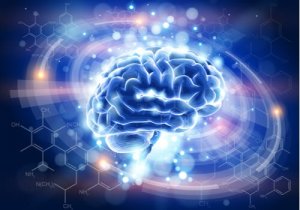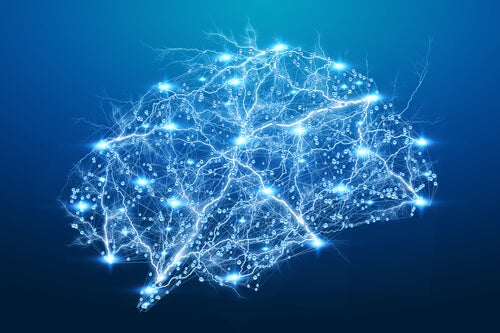Enkephalin: A Pain-Relieving Neurotransmitter

People have been studying the role of enkephalin in pain transmission for over three decades. Enkephalin is a hormone that acts as a neurotransmitter that allows neurons to communicate.
It’s a hormone your brain produces in certain areas such as the pituitary gland. Once your brain produces it, it ends up going to other parts of your body, such as your intestinal tract or your adrenal glands.
The discovery of opioid peptides and our recognition of how important they are to brain function, homeostasis, and neuroendocrine regulation was a major turning point in modern biology.
Our discovery that enkephalins in places such as the periaqueductal gray and the spinal cord backs up the idea that these parts of our bodies might play a role in pain-related sensory transmission.

How does the brain produce enkephalin?
Opioid peptides get that name because they bind to the same receptors as opiates. They also share some pharmaceutical properties with morphine, which is an opiate.
Enkephalin gets sent all over your brain. Still, most of the binding happens in the midbrain and thalamus. These are two of the regions where pain conducting pathways meet.
You’ll also learn that enkephalin is in the amygdala, which is involved with the proper functioning of the metabolism, mechanism of action, and main effects of enkephalin and endorphins on your body.
The amino acid sequence of enkephalin comes from long peptides, which it gets from your pituitary gland. The bigger peptides (endorphins), though, are also in our nerve cells themselves. Endorphins can actually be 12-100 times more active than enkephalin.
The mechanism of action of enkephalin
According to current research, this hormone causes a pre- and post-synaptic inhibition of the two pain transmitting fibers: group C and group A. Like opiates, enkephalin inhibits neural activity by reducing the permeability of sodium in your brain.
It can also cause prolonged changes to metabolism in your cells. It does that by:
- Changing the activation or deactivation patterns of certain genes in a cell’s nucleus.
- Altering the number of inhibitors or stimulants.
Its effects on the central nervous system
This hormone can also affect your central nervous system in many ways:
- Pain relief.
- Euphoria.
- Miosis.
- Cough reflex inhibition.
- Nausea and vomiting.
- Tremors (in high doses).

Its effects on the cardiovascular system
Enkephalin doesn’t just play a role in your brain, though. It can also have an impact on your cardiovascular system, such as bradycardia (slow heart rate). It can also:
- Lead to a release of histamine (morphine).
- Cause arterial and venous expansion (orthostatic hypotension).
How often and how intensely this hormone stimulates the acupuncture points in your body also has a relationship with its effects on your central nervous system and cardiovascular system. For example:
- Low frequency, high-intensity stimuli (between 2-8 Hz) can cause your brain to secrete B endorphins around the hypothalamic-pituitary axis. It’ll also release enkephalin into your brain and spinal cord.
- These stimuli have a systemic effect and can help treat chronic conditions. They also have a localized effect by opening precapillary sphincters. That improves local microcirculation and reduces local halogens (bradykinin and serotonin) by boosting tissue metabolism.
- High frequency, low-intensity stimuli (between 100-200 Hz) will cause your brain to secrete enkephalin into your midbrain and spinal cord. If the stimuli go above 500 Hz, then your brain will release dynorphin. These kinds of stimuli have a segmentary effect and are best for acute conditions.
The research definitely suggests that enkephalin has a big role in pain relief. At the end of the day, it’s a hormone that works in a very similar way to morphine, so that’s no surprise. This is a major discovery regarding the treatment of pain-related conditions.
All cited sources were thoroughly reviewed by our team to ensure their quality, reliability, currency, and validity. The bibliography of this article was considered reliable and of academic or scientific accuracy.
-
Miller, R. J., & Pickel, V. M. (1980). The distribution and functions of the enkephalins. Journal of Histochemistry & Cytochemistry, 28(8), 903-917.
-
Reichlin, S. (1989). Neuroendocrinología. Wilson, J. y Williams, D. Endocrinología (7ma. ed),(pp: 770-74). Buenos Aires: Editorial Médica Panamericana.
- MULTIMED. Revista Médica. Retrieved from http://www.multimedgrm.sld.cu/articulos/2003/v7-2/12.html
-
Matamoros-Trejo, G., & Asai Camacho, M. (2013). Variación estacional de péptidos opioides en el cerebro de la rata albina.
This text is provided for informational purposes only and does not replace consultation with a professional. If in doubt, consult your specialist.








